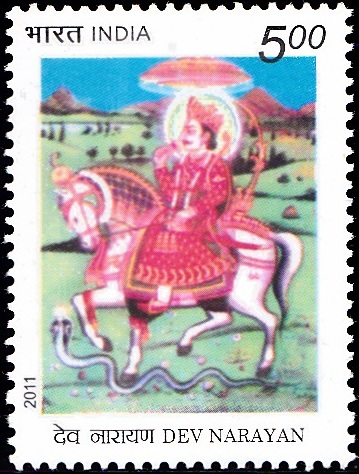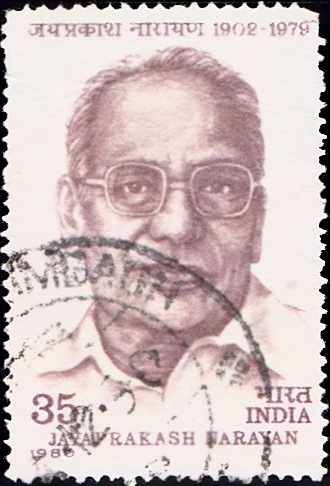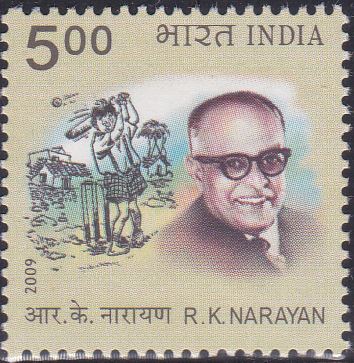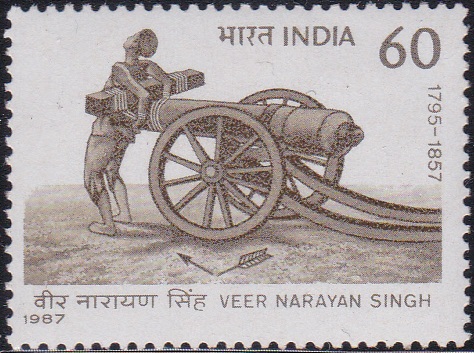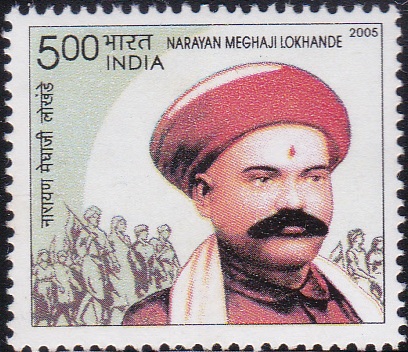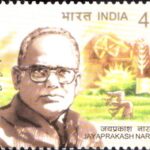
Phad Painting : Dev Narayan
A commemorative postage stamp on the Phad Scroll Painting : Dev Narayan :
 Issued by India
Issued by India
Issued on Sep 2, 1992
Description of Designs :
Stamp :The special postage stamp depicts a part of the Dev Narayan Ki Phad, Which has been painted by Shri Shrilal Joshi, one of the most versatile and renowned traditional Phad painters residing at Bhilwara.
First Day Cover : The first day cover shows a scroll depicting once again an impression of part of the Dev Narayan Ki Phad.
Cancellation : Sankha Samanta
Type : Stamp, Postal Used
Colour : Multi Colour
Denomination : 500 Paise
Overall size : 3.34 x 2.88 cms.
Printing size : 2.987 x 2.524 cms.
Perforation : 13 x 13
Paper : Imported Un W/M adhesive gravure coated Stamp Paper
Number Printed : 6,00,000
Number per issue sheet : 42
Printing Process : Photogravure
Printed : India Security Press
About :
- There is a rich tradition of story telling in our country. Stories of heroes and their heroic deeds are sung, danced or dramatized in various traditional ways. Pad or Phad is one such medium from Rajasthan. It is a large painted scroll depicting the stories of legendary heroes like Dev Narayan and Pabuji. A Phad with painted stories from the life of Dev Narayan is popularly known as ‘Dev Narayan Ki Phad’.
- The composition and arrangement of various scenes in the Phad are juxtaposed in such a way that the main character i.e. Dev Narayan falls in the centre. He is shown with a cobra in front of him, which is a symbolic representation of Dev Narayan riding the Basag Nag, the king of snakes. He has a flower in one hand and a sword in the other. On either side of this figure there are stories related to the Bagravat clan of which Dev Narayan is a member. These stories include scenes of birth, marriage, courts and wars.
- The Phad is narrated by the Bhopas, who have a talent for dancing and singing and belong to the caste of Rajputs, Gujjars, Kumbhars or Balais. Bhopas in a group of two, narrate from the Phad while highlighting the appropriate illustration with the help of a lamp or diya.
- A three string instrument called the Jantar is used as an accompaniment to their narration and dancing. This instrument is also meant to invoke the gods before and during the performance.
- Text : Courtesy Elizabeth Achar.


